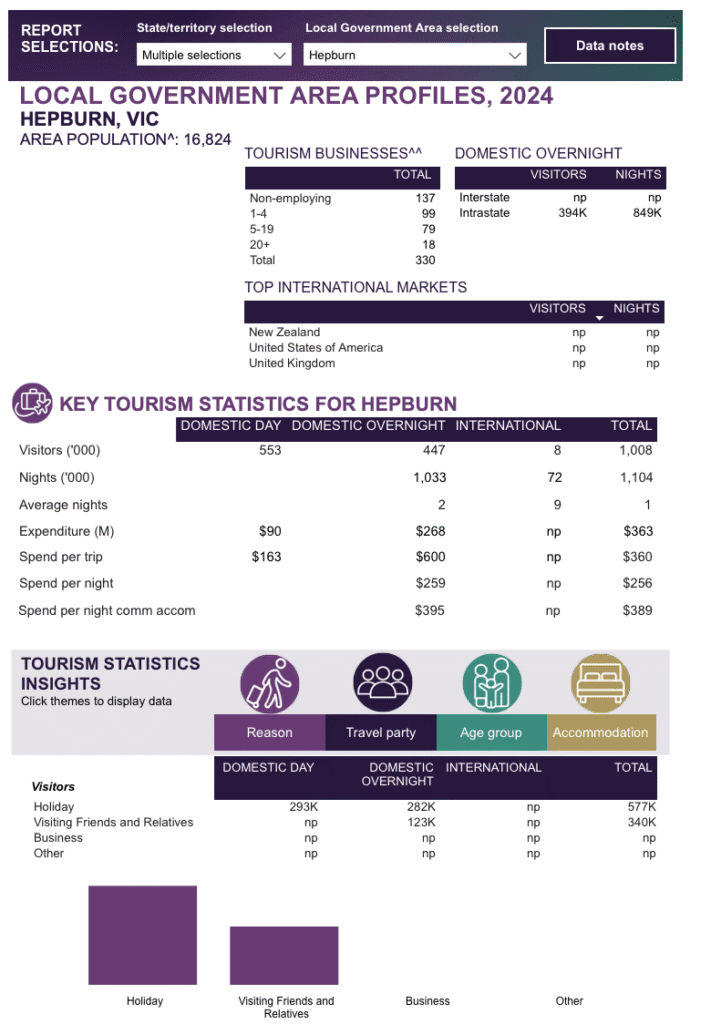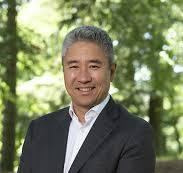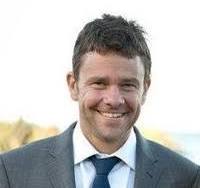Daylesford is a destination town. That brings with it benefits and costs that have to be managed. Planning for the future is all about anticipating change and getting that balance right.
There are plenty of examples where tourist towns have waxed and waned. In the early 1800s the UK spa town of Bath was fashionable holiday destination for the Georgian London elite to ‘take the waters’ in the Roman baths. When Queen Victoria became monarch preferences rapidly shifted and Bath became a back water for over a century, before its recent spectacular revival.
In some ways Daylesford has a similar history from the period of colonisation and the gold rush to the spa town heritage of a century ago, then a long period of decline to early 1980s. By then many of the guest houses had closed, historic buildings like the Convent were neglected and there was little interest in the arts, the local Swiss Italian heritage or the indigenous history. The arrival of a new energetic generation of entrepreneurs, artists and people looking for an alternative to the city saw the development of a range of initiatives, including the Lake House, the Convent and Lavandula that began the town’s renewal.
Today tourism is central to the local economy. In 2024 Hepburn Shire had over 500,000 day and over 400,000 overnight visitors. Together they spent about $363 million locally. Accommodation, restaurants, cafes, retail shops, spas, wellness centres, artists and a myriad of other businesses depend on these visitors for their success. In turn they employ workers, pay rates and contract with local services to the benefit of the whole community.

The visitors come for the natural beauty, the historical setting, the markets, the cafe and restaurant culture, the arts and crafts and the festivals and events. So do the affluent retirees, the holiday homes and, increasingly, the telecommuting architects, accountants, designers and IT professionals.
The result is a remarkably rich, rewarding and vibrant lifestyle full of great cafes and restaurants, interesting shops and wellness services, and an amazing array of concerts, festivals and events.
At the same time concerns about ‘over tourism’ causing traffic jams and parking problems, long queues, damaged natural areas, rising housing costs and loss of authentic character leading to decreased quality of life and irritated residents are emerging.
These problems have become serious for other Australian tourist destinations like Byron Bay and Seal Rocks in New South Wales, Noosa in Queensland and Denmark in Western Australia. Overseas, major destinations like Barcelona and Venice have become hotspots of irritation for their local populations as tourist numbers have become unsustainably high.
How the economic prosperity brought by visitors is balanced against the risk of over tourism will be key challenge for Daylesford over the next 20 years. Of course, there is also the risk that tourism might fall away again, with its own cost to employment and economic prosperity.
These issues are the focus of the next Daylesford Conversation on the The Future of Daylesford as a Tourist Town.
Professor Andrew Butt from RMIT University, Steve Wroe, the CEO of Destination Central Victoria, and Ron Torres from Hepburn Shire will lead the conversation.



When: Thursday 2 of October from 6.45 to 8.15
Where: Community bank meeting room 113 Main Road Hepburn Springs.
The event is free but register here to make sure you get a seat.
(UPDATE -REGISTER NOW TICKETS ARE SELLING OUT FAST)
Daylesford Conversations are a joint initiative of the Wombat Post and Daylesford Rotary. The Conversations are generously supported by an Australia Post grant.





